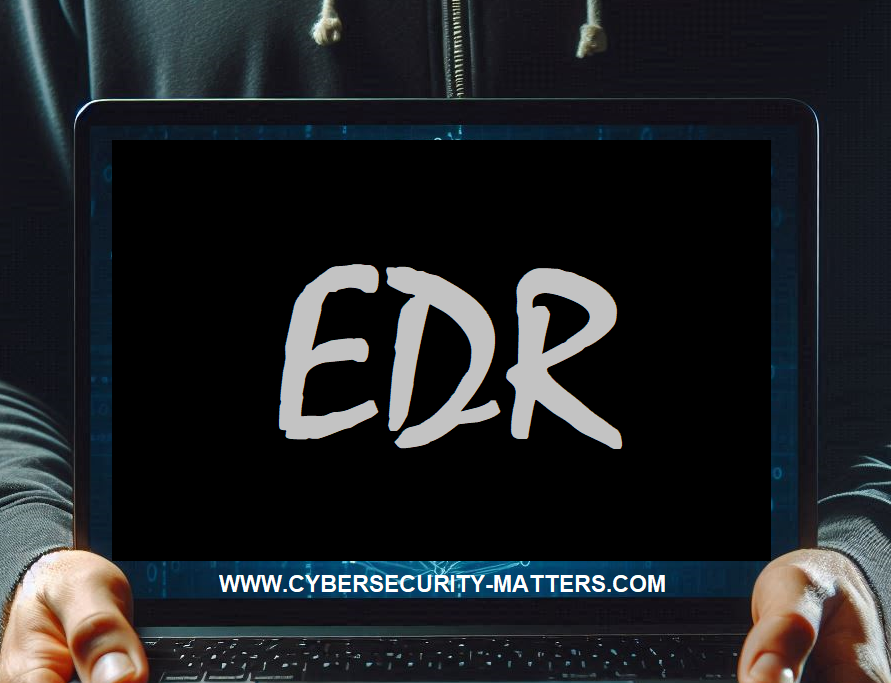Endpoint Detection and Response (EDR)
In today’s digital landscape, cybersecurity threats are becoming increasingly sophisticated and targeted. As organizations continue to expand their digital footprint, they’re facing new challenges in protecting their data, networks, and endpoints from malware, ransomware, and other types of cyber attacks. One solution that’s gaining popularity is Endpoint Detection and Response (EDR) software. In this blog post, we’ll explore the importance of EDR software, its benefits, and best practices for implementing it.
What is Endpoint Detection and Response (EDR)?
Endpoint Detection and Response (EDR) software is a type of security solution designed to detect, respond to, and remediate endpoint threats in real-time. It’s typically installed on endpoints such as laptops, desktops, mobile devices, and servers, providing a layer of defense against malware, ransomware, and other types of cyber attacks.
Traditional antivirus software often relies on signature-based detection methods, which can be ineffective against new, unknown threats. EDR software, on the other hand, uses advanced technologies such as machine learning, behavioral analysis, and anomaly detection to identify and respond to endpoint threats.
Why Traditional Antivirus Software is not enough
While traditional antivirus software has been a staple in cybersecurity for decades, it’s become clear that it’s no longer enough to keep organizations safe from modern cyber threats. Some of the risks associated with traditional antivirus software include:
- Limited detection capabilities: Traditional antivirus software often relies on signature-based detection methods, which can be ineffective against new, unknown threats.
- Slow response times: Traditional antivirus software may take time to detect and respond to endpoint threats, leaving organizations vulnerable to further attacks.
- Inadequate protection for mobile devices: Traditional antivirus software often fails to provide adequate protection for mobile devices, leaving them susceptible to malware and other types of cyber threats.
The Importance of EDR Software
EDR software is becoming increasingly important as a cybersecurity solution due to its ability to detect, respond to, and remediate endpoint threats in real-time. Some of the key benefits of EDR software include:
- Enhanced detection capabilities: EDR software uses advanced technologies such as machine learning, behavioral analysis, and anomaly detection to identify and respond to endpoint threats.
- Improved response times: EDR software can respond to endpoint threats much faster than traditional antivirus software, reducing the window of vulnerability for organizations.
- Comprehensive protection: EDR software provides comprehensive protection against a wide range of endpoint threats, including malware, ransomware, and other types of cyber attacks.
Benefits of Implementing EDR Software
Implementing EDR software can bring numerous benefits to organizations, including:
- Improved security posture: EDR software can help improve an organization’s security posture by detecting and responding to endpoint threats in real-time.
- Reduced risk: EDR software can reduce the risk of endpoint breaches and data loss by detecting and responding to threats quickly.
- Compliance with regulations: EDR software can help organizations comply with regulations such as GDPR, HIPAA, and PCI-DSS by providing a comprehensive security solution.
Challenges in Deploying EDR Software
Deploying EDR software can be challenging due to various factors, including:
- Complexity: EDR software often requires significant technical expertise to deploy and configure correctly.
- Integration challenges: EDR software may require integration with existing security solutions, which can be challenging.
- Cost: EDR software can be expensive, particularly for small and medium-sized businesses.
Best Practices for Choosing an EDR Solution
Choosing the right EDR solution is crucial to getting maximum benefits from this technology. Here are some best practices for choosing an EDR solution:
- Evaluate detection capabilities: Look for an EDR solution that uses advanced technologies such as machine learning, behavioral analysis, and anomaly detection.
- Consider response times: Choose an EDR solution that can respond to endpoint threats quickly, reducing the window of vulnerability for organizations.
- Assess comprehensive protection: Ensure the EDR solution provides comprehensive protection against a wide range of endpoint threats.
- Evaluate ease of deployment: Choose an EDR solution that is easy to deploy and configure, requiring minimal technical expertise.
Conclusion
In conclusion, Endpoint Detection and Response (EDR) software is a crucial cybersecurity solution for organizations looking to improve their security posture and protect their endpoints from modern cyber threats. By understanding the benefits and best practices for implementing EDR software, organizations can reduce the risk of endpoint breaches and data loss, and improve compliance with regulations.
In today’s digital landscape, cybersecurity threats are becoming increasingly sophisticated and targeted. As organizations continue to expand their digital footprint, they’re facing new challenges in protecting their data, networks, and endpoints from malware, ransomware, and other types of cyber attacks. EDR software is a solution that’s gaining popularity as it provides a layer of defense against endpoint threats in real-time.
By implementing EDR software, organizations can enhance their security posture, reduce the risk of endpoint breaches and data loss, and improve compliance with regulations. With the right EDR solution, organizations can protect their endpoints from modern cyber threats and maintain a secure digital footprint.
